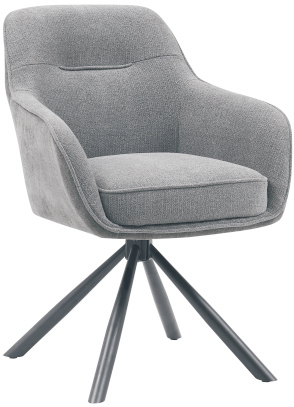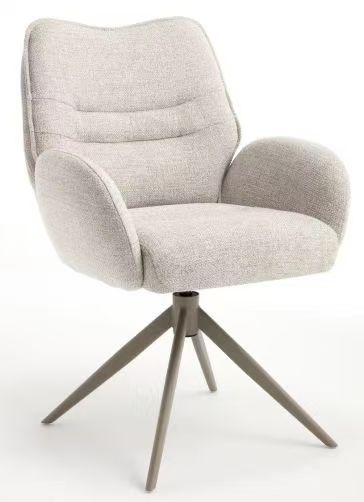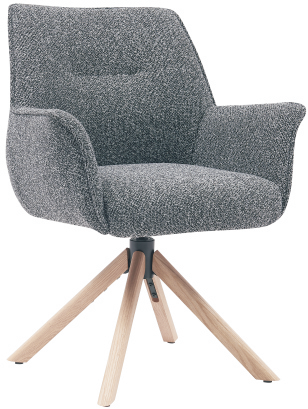Ergonomic standards for chairs
Ergonomic standards for chairs are guidelines designed to ensure that seating supports the body in a healthy and comfortable posture, reducing the risk of musculoskeletal disorders and increasing productivity. These standards are typically established by organizations such as BIFMA (Business and Institutional Furniture Manufacturers Association), ISO (International Organization for Standardization), and ANSI (American National Standards Institute).
1. Seat Height
The seat height should be adjustable to accommodate users of different heights. Typically, the seat should range from 16 to 21 inches off the floor. This allows users to place their feet flat on the floor with thighs horizontal and arms even with the height of the desk.
2. Seat Depth and Width
A proper ergonomic chair should have a seat width of at least 17–20 inches. The depth (from front to back of the seat) should allow the user to sit with their back against the backrest while leaving 2–4 inches between the back of the knees and the seat.
3. Lumbar Support
One of the most critical ergonomic features is lower back support. An ergonomic chair must provide support to the lumbar spine's natural curve. Adjustable lumbar support is ideal to suit different users.
4. Backrest
The backrest should be 12 to 19 inches wide and support the natural curve of the spine. It should allow for recline and movement while maintaining support, ideally with adjustable tilt tension and lock options.
5. Armrests
Armrests should be adjustable in height and width. They should support the arms comfortably with shoulders relaxed. Forearms should not rest while typing to avoid wrist strain—armrests are more for support during breaks.
6. Seat Material
The seat and backrest should have enough padding to be comfortable for long periods. Breathable fabric or mesh materials are preferable for better airflow.
7. Swivel and Mobility
An ergonomic chair should swivel easily to allow the user to reach different areas of the workspace without straining. A five-point base with casters is standard for stability and ease of movement.
8. Adjustability
Ideally, an ergonomic chair should be highly adjustable—including seat height, backrest angle, lumbar position, armrests, and tilt tension—to support various postures and work styles.
Conclusion
Ergonomic chair standards are essential to maintain comfort, support health, and improve workplace efficiency. When choosing a chair, look for products that meet recognized standards such as BIFMA G1 or ISO 9241, and make sure it offers a good range of adjustments for personalized comfort.
 Metal Chair Advantages and Maintenance Guide?
Metal Chair Advantages and Maintenance Guide?




